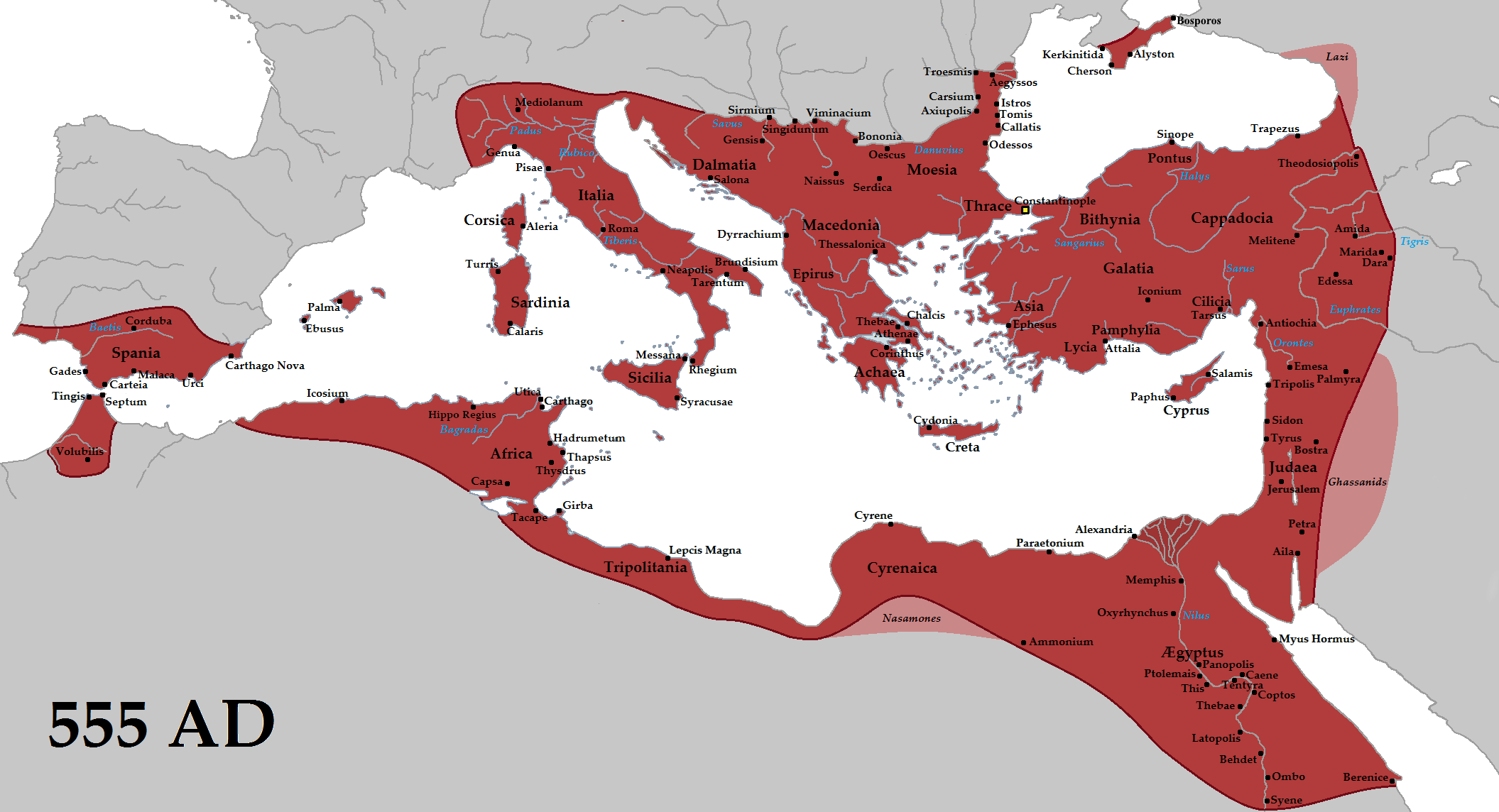History of Art
- Introduction to Art History
- Byzantine Art
- Islamic Art
- Renaissance Art
- Baroque and Rococo Art
- Impressionism and Post-Impressionism
- Modernism
- Postwar & Contemporary Art
- Art of Africa & Oceania
- Art of the Americas
Byzantine Art
Overview of the Byzantine Empire

Roman Empire during Late Antiquity and the Middle Ages.
The Byzantine Empire, also known as the Eastern Roman Empire, was a continuation of the Roman Empire in its eastern provinces during Late Antiquity and the Middle Ages. It was the most powerful economic, cultural, and military force in Europe for many centuries, and its art and culture had a profound influence on the Western world.
Historical and Geographical Context
The Byzantine Empire was founded by Constantine the Great in 330 AD with the establishment of Constantinople (modern-day Istanbul) as its capital. The empire spanned three continents at its height, covering parts of Europe, Asia, and Africa. It was a key player in the trade routes between the East and the West, which greatly influenced its culture and art.
Influence on Art and Culture
Byzantine art is characterized by its rich and vibrant use of color, intricate patterns, and a strong emphasis on religious themes. The empire's strategic location between the East and the West allowed it to absorb and synthesize various artistic influences, resulting in a unique and distinctive artistic style.
Byzantine art is renowned for its mosaics, frescoes, and icons. These works of art were not just for decoration; they were deeply symbolic and served a didactic purpose, teaching the viewer about the Christian faith. The use of gold in Byzantine mosaics and paintings was particularly significant, symbolizing the divine light of heaven.
Role of Religion in Byzantine Society
Religion played a central role in Byzantine society. The Byzantine Empire was predominantly Christian, and the Orthodox Church held significant power. The emperor was seen as God's representative on earth, and religious imagery was used to reinforce this divine authority.
Churches were the main patrons of art, and religious themes dominated Byzantine art. Iconography, the use of images to represent religious figures or themes, was a key feature of Byzantine art. Icons were believed to be a conduit for divine intervention, and they were venerated by the faithful.
In conclusion, the Byzantine Empire was a significant force in shaping the art and culture of the medieval world. Its unique blend of Eastern and Western influences, coupled with the central role of religion in society, resulted in a distinctive artistic style that continues to be admired and studied today.